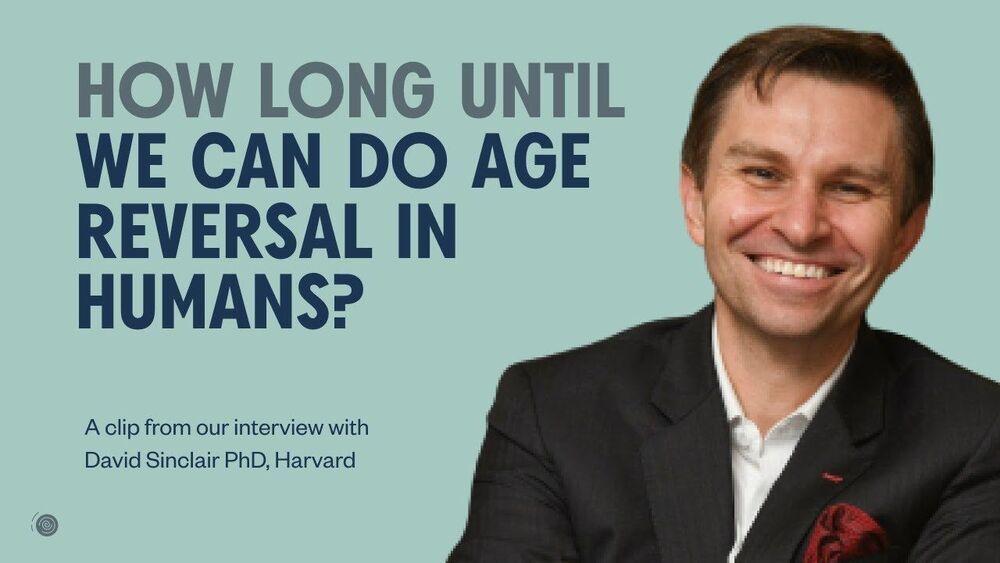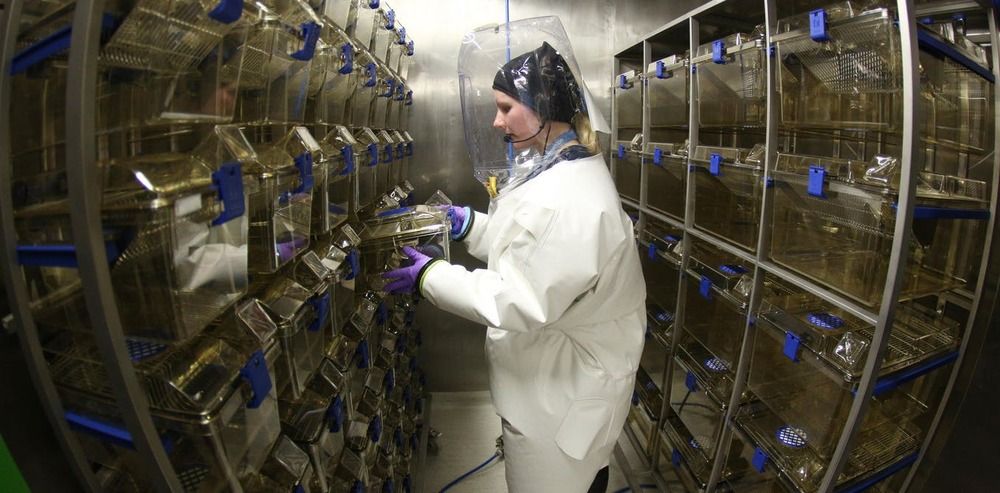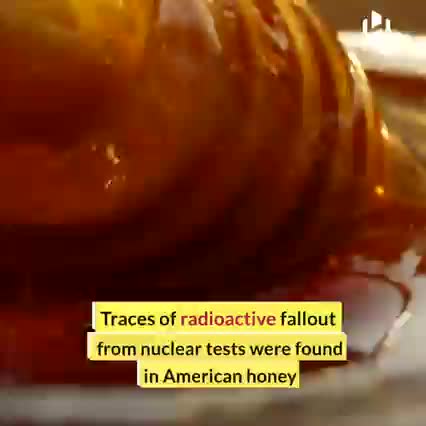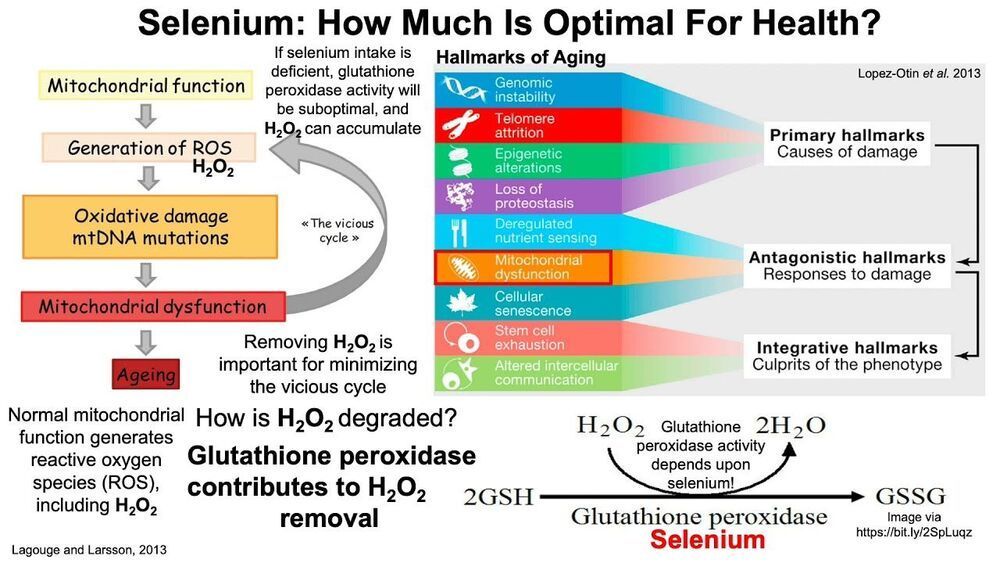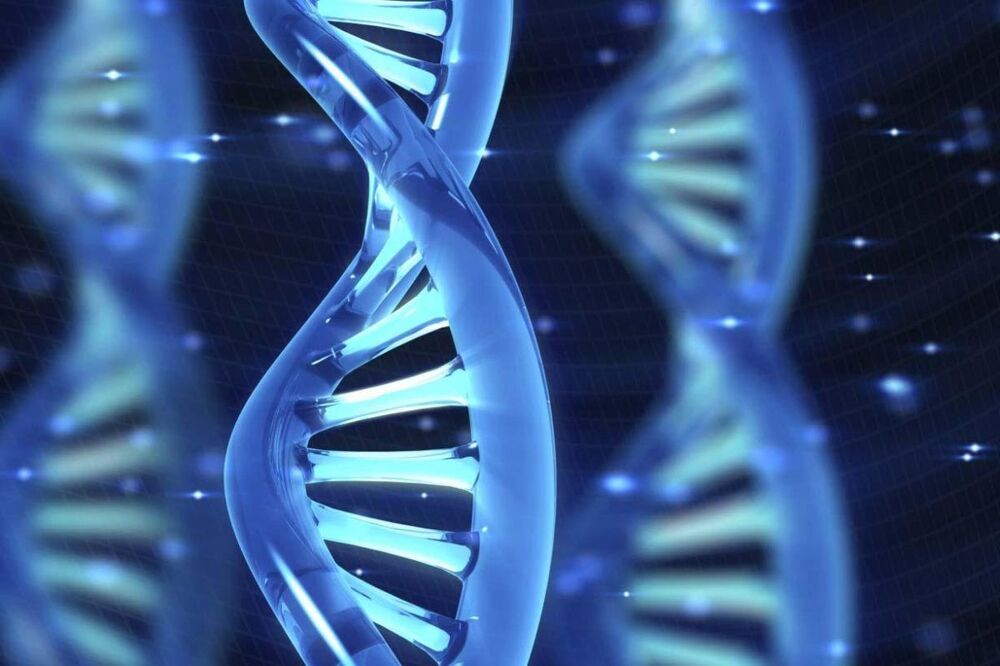
The World Health Organization classifies processed meat as a Group 1 carcinogen. Processed meat includes ham, sausage, bacon, pepperoni; they’re meats that have been preserved with salt or smoke, meat that has been cured, and meat treated with chemical preserves. Other Group 1 carcinogens include formaldehyde, tobacco, and UV radiation. Group 1 carcinogens have ‘enough evidence to conclude that it can cause cancer in humans.’
There is no question whether or not our current meat production complex is inhumane, unsanitary, or bad for the environment. Almost all chickens (99.9%), turkeys (99.8%), and most cows (70.4%) eaten in the United States are raised on factory farms. There are horrific consequences to this practice.
For example, the EPA estimates agriculture is the biggest contaminator of rivers and streams, to the point where feedlots, crop production, and manure runoff have led almost half (46%) of the U.S.’s rivers to be “in poor biological condition.”
Scientific American also explains, “TDM-approved feed containing antibiotics [are] a necessity if [factory farm animals] were to stay healthy in their crowded, manure-gilded home. Antibiotics also help farm animals grow faster on less food, so their use has long been a staple of industrial farming.” Many scientists worry that antibiotics used at such a scale on farms create unstoppable, drug-resistant bacteria that can transfer to humans; think inconveniences like nose infections or UTIs turned deadly because of the lack of antibiotics available to treat them.
